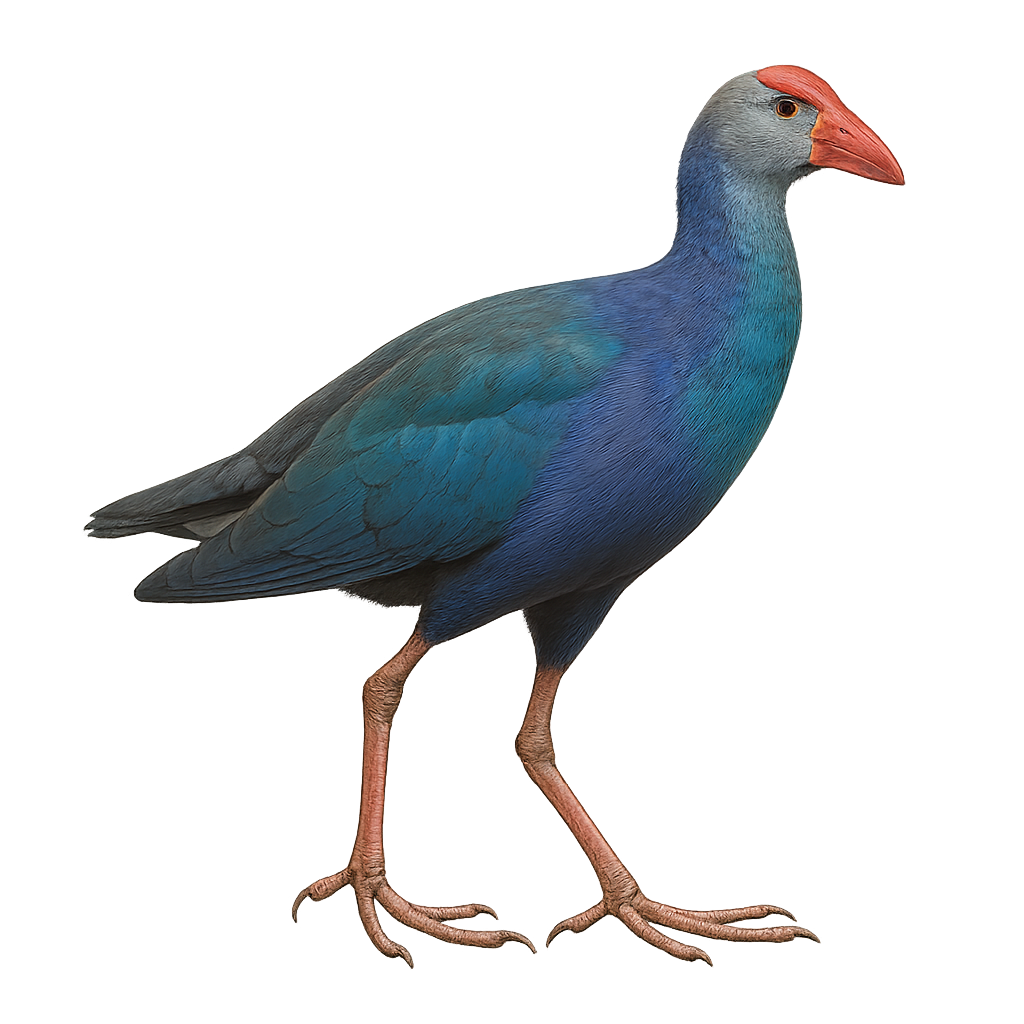Your wildlife photography guide.
Explore the purple swamphen in detail, study its behavior, prepare your shots.
Where to observe and photograph the purple swamphen in the wild
Learn where and when to spot the purple swamphen in the wild, how to identify the species based on distinctive features, and what natural environments it inhabits. The WildlifePhotographer app offers tailored photography tips that reflect the purple swamphen’s behavior, helping you capture better wildlife images. Explore the full species profile for key information including description, habitat, active periods, and approach techniques.
Purple Swamphen
Scientific name: Porphyrio porphyrio

IUCN Status: Least Concern
Family: RALLIDAE
Group: Birds
Sensitivity to human approach: Suspicious
Minimum approach distance: 10 m
Courtship display: March to July
Incubation: 23-27 jours
Hatchings: April to August
Habitat:
Marshes, lakes, wetlands
Activity period :
Primarily active during the day, with peak activity in the morning and late afternoon.
Identification and description:
The Purple Swamphen, or Porphyrio porphyrio, is a striking waterbird known for its vivid blue-purple plumage and bright red bill. It primarily inhabits marshes, lakes, and wetlands with dense vegetation. This bird is recognized for its graceful walk and swimming ability. The Purple Swamphen is omnivorous, feeding on aquatic plants, insects, and small animals. It is often seen walking on water lilies thanks to its long toes. Although generally discreet, it can be noisy, emitting loud and varied calls. Its presence is an indicator of healthy aquatic ecosystems.
Recommended lens:
400 mm – adjust based on distance, desired framing (portrait or habitat), and approach conditions.
Photography tips:
To photograph the Purple Swamphen, it is advisable to use a telephoto lens of at least 400mm to capture detailed images from a distance without disturbing the bird. Look for wetlands with dense vegetation where it is likely to feed or rest. Be patient and discreet, as this bird can be suspicious. The best times for photography are early morning or late afternoon when the light is soft and activity is at its peak.
The WildlifePhotographer App is coming soon!
Be the first to explore the best nature spots, track rutting seasons, log your observations, and observe more wildlife.
Already 1 439 wildlife lovers subscribed worldwide

